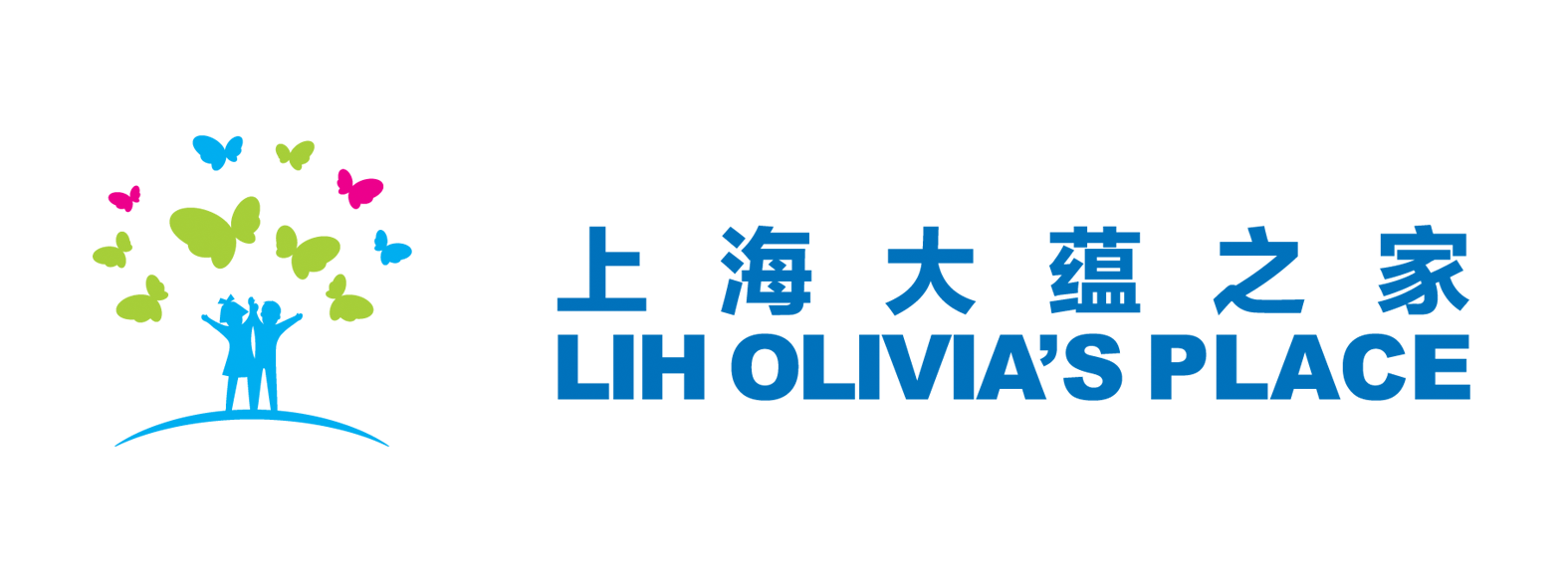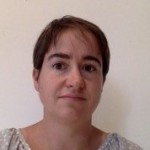
Dr. Becci Dow, Clinical Psychologist and Clinical Manager, Shanghai
Falling over and hitting your head is a really normal part of growing up. As parents you will undoubtedly recall many occasions where your child tells you that they have hurt their head, maybe the tell tale lump or redness is there? Maybe you have had to consult a doctor for stitches? Maybe your child has had an injury when playing sports or in rare cases you may have had the misfortune of being involved in a more serious incident?
Serious head injuries
During each of these occasions a decision has to be made about the seriousness of the problem. The following signs are critical:
1. Is there a wound that requires medical attention?
2. Is the child conscious? (Responding to sounds? Aware of their surroundings?)
3. Is the child sleepy?
4. Is the child vomiting or feeling sick?
If any of the above symptoms are present then it is essential that the child is taken to the emergency room and seen by a specialist. This is critical with younger children and babies. With a serious injury to the head the medical team will need to also make an assessment of any injury to the brain.
Brain injuries
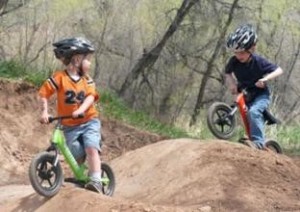 The brain sits within a strong bony chamber (the skull), which does a good job of keeping this vital organ safe from infection and injury. But, did you know that your brain is a soft jelly like blob, “floating” in this space? It is not carefully connected to the skull but linked via delicate fibrous tissues that allow it to move. Now imagine what happens when the head and skull takes a hit? You might want to think about what happens to a brain shaped jelly inside a jam jar? First it will move away from the site of the knock – often the head is hit on the forehead so the brain moves and bangs the back of the skull. Just like a bouncy ball it will then move forward and hit the front of the skull. Depending on the force and the angle of the blow to the head, the brain may bounce and twist and move within the skull.
The brain sits within a strong bony chamber (the skull), which does a good job of keeping this vital organ safe from infection and injury. But, did you know that your brain is a soft jelly like blob, “floating” in this space? It is not carefully connected to the skull but linked via delicate fibrous tissues that allow it to move. Now imagine what happens when the head and skull takes a hit? You might want to think about what happens to a brain shaped jelly inside a jam jar? First it will move away from the site of the knock – often the head is hit on the forehead so the brain moves and bangs the back of the skull. Just like a bouncy ball it will then move forward and hit the front of the skull. Depending on the force and the angle of the blow to the head, the brain may bounce and twist and move within the skull.
In serious, traumatic accidents the brain can suffer tremendous damage. It can swell, bleed, sustain injury and essential functions such as language, learning, memory, and vision may be affected. Here medical teams may have to use complex surgical and life saving techniques to repair damage to the skull and try to limit brain damage.
Concussion
Concussion is a mild traumatic head injury where the brain has sustained a blow and the symptoms are usually benign but can vary in severity. The primary signs are:
1. Loss of consciousness for less than 15 minutes – occasionally there is no loss of consciousness but damage has occurred
2. Feeling sick and dizzy
3. Memory loss or confusion (sometimes known as post-traumatic amnesia)
4. Head ache and pain
If you think your child has experienced these symptoms following a head injury, please consult your paediatrician, family doctor or visit the emergency department. It is important that symptoms are carefully monitored and that further brain assessments can be completed. Symptoms are often rapid in onset, with some impairment in neurological function and often these resolve spontaneously. In some cases symptoms evolve slowly over time.
Post-Concussion Syndrome
There is an increasing awareness of the symptoms of concussion in children as there can be ongoing effects both in the short term and overtime. Many sports associations are now active in preventing, identifying and treating concussion.
There are three main types of difficulty, which can vary greatly between individuals and can appear at different times following the initial head injury. These problems can also last for a significant time post-injury.
Cognitive/Thinking
• Memory loss or poor memory – this can be a common after effect to a head injury which will often improve over time but occasionally results in problems that require assessment and new memory strategies
• Attention & Concentration – It can be hard to sustain attention over time or to concentrate on tasks or information. This can be especially important to consider with school age children.
• Planning & Organisation – These daily tasks can be affected, with children appearing to struggle with routines, plans and coordinating tasks.
Physical Symptoms
• Sleep
• Fatigue/tiredness
• Headache or pain
• Dizziness/balance and coordination problems
• Vision & Hearing changes
• Smell & Taste changes
Emotional & Mood
• Anger & Irritation
• Depression & Anxiety
CONCLUSIONS
Mild head injuries are very common and careful attention is needed to ensure that children are assessed medically and any ongoing problems are noted and understood. Support can be provided by an appropriately trained paediatrician, paediatric neurologist or neuropsychologist. Many organizations can provide help and advice – see www.headway.org.uk for details and read this fascinating article from the Children’s Hospital Association about why woodpeckers don’t get concussions and what it means for children’s health.
PLEASE DO REMEMBER:
• WEAR PROTECTION WHEN RIDING ANY BIKE OR SCOOTER
• TAKE PRECAUTIONS WHEN PLAYING SPORTS
• IF IN DOUBT DO NOT CONTINUE TO PLAY SPORTS
• SEEK MEDICAL ATTENTION AFTER A KNOCK TO THE HEAD – EVEN IF THERE IS NO LOSS OF CONSCIOUSNESS
• REMEMBER THAT THE EFFECTS OF A HEAD INJURY CAN LAST FOR A SIGNIFICANT PERIOD AFTER THE EVENT.
In most circumstances the problems with concussion resolve over time.
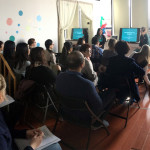 The first Griffiths Development Scales-Chinese Language Edition certification class organized by LIH Healthcare together with ARICD, was launched at Shanghai LIH Olivia’s Place from February 15-17, 2017.
The first Griffiths Development Scales-Chinese Language Edition certification class organized by LIH Healthcare together with ARICD, was launched at Shanghai LIH Olivia’s Place from February 15-17, 2017.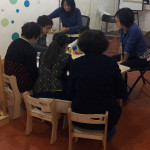 Participants’ assessment skills were greatly improved through structured lectures combined with case discussions, practical demonstration, and real case evaluation. Twelve of the participants passed and obtained Griffiths Registered User certification granted by ARICD.
Participants’ assessment skills were greatly improved through structured lectures combined with case discussions, practical demonstration, and real case evaluation. Twelve of the participants passed and obtained Griffiths Registered User certification granted by ARICD.